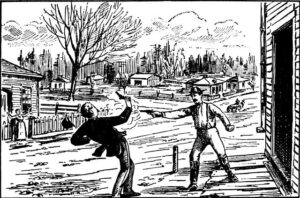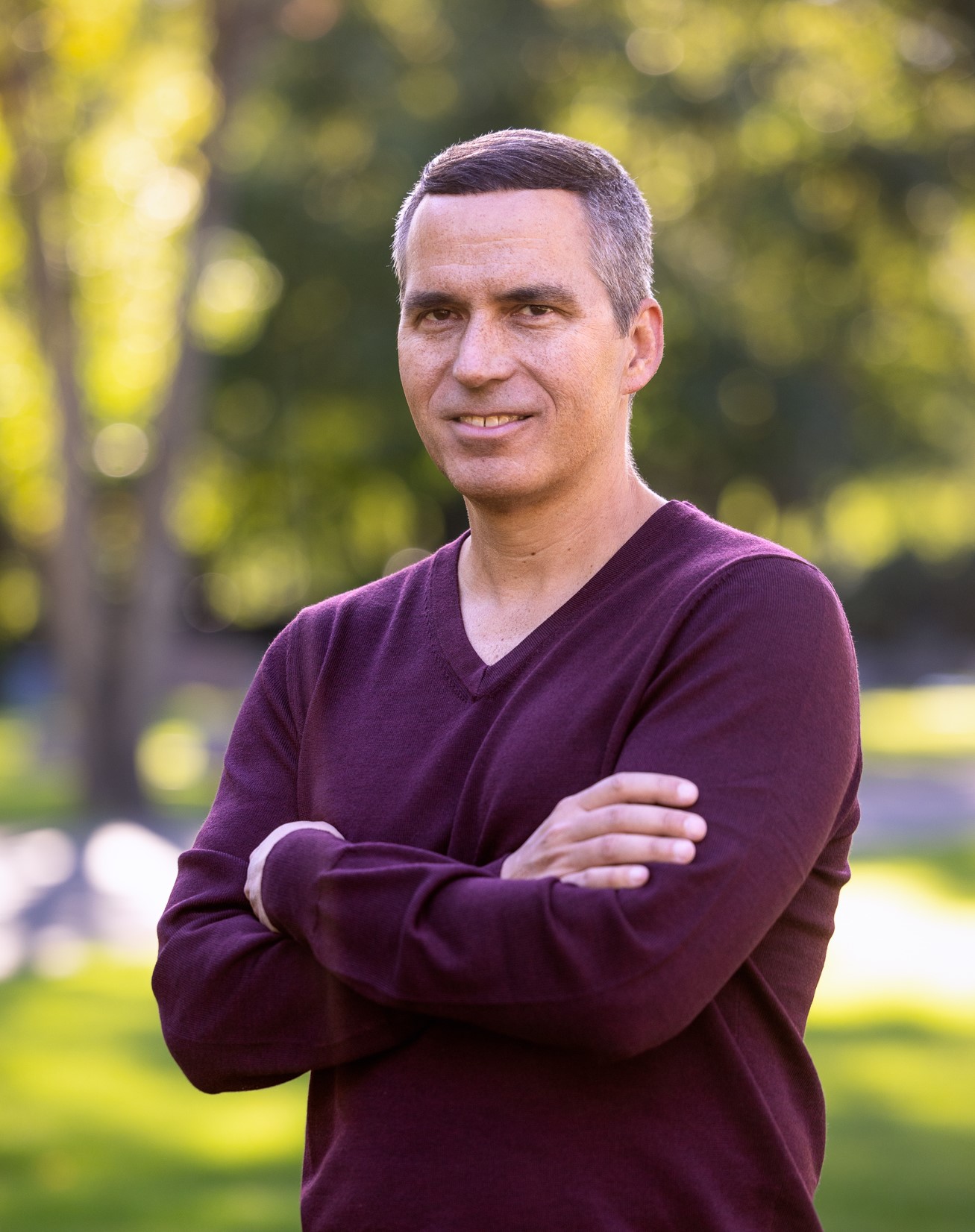
by Wilton H. Strickland
I was honored that the Florida Bar Journal chose to publish my article concerning premises liability in its December 2014 issue. This was the second article on this topic that I had written for the Journal, the first one appearing in the December 2009 issue. Both articles address a split among Florida’s appellate courts as to what crimes are foreseeable versus unforeseeable to landowners, who have a duty to make reasonable efforts to protect their guests from third-party crimes.
As I discuss at length in both articles, some courts apply a broad test that allows a large number of prior crimes into evidence to show that the future crime was foreseeable, whereas other courts apply a strict test that allows evidence of prior crimes only if those crimes have a close relationship to the future one in terms of time, place, and manner.
James C. Blecke, an attorney in Coral Gables, wrote a letter to the Journal criticizing my article by asserting that the broad test of foreseeability is the only one still applicable in Florida, and that the strict test has faded into history. His view is shared by Florida’s Second District Court of Appeal, which ruled in Bellevue v. Frenchy’s South Beach Café, Inc., 136 So. 3d 640 (Fla. 2d DCA 2013) that the strict test is confined to older, obscure decisions. My latest article explains why Bellevue is flawed because it ignores a large body of other, more recent precedent confirming that the strict test of foreseeability remains very much in force in some Florida jurisdictions, particularly the Third District.
My letter response to Mr. Blecke appears in this month’s issue of the Florida Bar Journal. Just follow this link and scroll down to the second entry.
I invite everyone interested in this issue to read my articles and the dialogue between me and Mr. Blecke. Perhaps you will agree with one of us rather than the other. At a minimum, though, you should be aware of this issue because it continues to play a role in a large number of Florida lawsuits.


